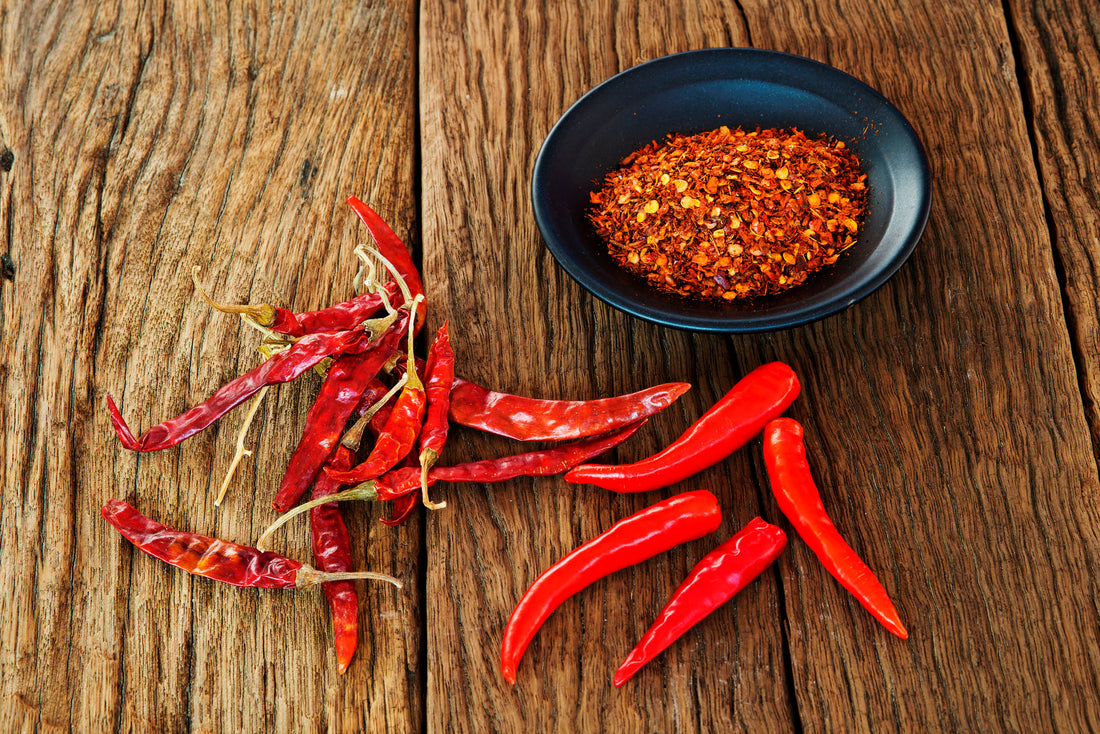A basic characteristic of the human body is homeostasis, which refers to the tendency of a system to maintain internal stability. Homeostasis is important for the body to function properly and there are many mechanisms working for this purpose. One of these mechanisms is thermogenesis.
What is thermogenesis?
Thermogenesis is a continuous metabolic process that occurs in animals and humans to produce heat and increase the body’s temperature. The brain is the organ that controls body’s temperature through the hypothalamus. Additionally, thermogenesis is also regulated by the thyroid gland.
Thermogenesis is characterised by two mechanisms:
- Shivering thermogenesis (in muscles) which helps the body produce heat through the skeletal muscle contraction. A significant number of receptors around your body take the messages and transfer them to hypothalamus i.e. when the temperature begins to drop. Hypothalamus responds rapidly and sends signals to the muscles to contract and produce heat, necessary for the elevation of the body’s temperature.
- Non-Shivering thermogenesis (in Brown Fat Tissue) which consists of the total human energy expenditure. (1)
Thermogenic processes can be classified into 3 categories:
- Exercise-associated thermogenesis
- Non-exercise activity thermogenesis, which is also known as resting metabolic rate (it is the energy expended for everything that is not eating, sleeping or exercising) (2)
- Diet-induced thermogenesis
Diet-induced thermogenesis
Diet-induced thermogenesis can be defined as the increase in energy expenditure above the basal resting rate that takes place after the ingestion of food components. It involves digestion, absorption and storage of food. It accounts between 5% to 15% of the total energy expenditure. Diet-induced thermogenesis is the highest for proteins, followed by the carbohydrates and fats. According to several studies, obese people are characterised by lower diet-induced thermogenesis compared to lean individuals. This finding has attracted scientific interest about foods that could potentially improve and increase the diet-induced thermogenesis and many related studies have been conducted. (3)
Supplements for Thermogenesis
Capsicum
There are many studies about the association between capsaicin/capsinoids (capsicum substances), brown adipose tissue thermogenesis and reduced body fatness. Animal studies have shown that single administration of capsaicin/capsinoids produces in hours and increase whole-body energy expenditure and rise in brown adipose tissue temperature followed by core temperature rise. (4) Additionally, it has been reported that capsiate administration upregulates the uncoupling protein-1 (UCP1). Brown adipose tissue thermogenesis is totally dependent on uncoupling protein 1, which is expressed selectively in mitochondria of brown adipocyte and has a crucial role in thermogenesis and regulation of energy expenditure. (5)
Human studies have shown that intake of 10 grams of red pepper enhanced energy expenditure in 3 hours. Moreover, several other studies reported that single ingestion of meals supplemented with capsaicinoids or capsinoids resulted to increased energy expenditure and lipid oxidation. It is estimated that thermogenic effect of capsaicin/capsinoids is about 5–20% above the basal levels. (4)
A 2012 study confirmed the above findings and demonstrated that oral ingestion of capsinoids increases energy expenditure. Subjects who had higher brown adipose tissue activities possessed higher energy expenditure, showing that capsinoids activate brown adipose tissue in humans which increases energy expenditure. (6)
Green Tea
A human study evaluated the efficacy of green tea extract in increasing 24-hours energy expenditure and fat oxidation. The green tea extract was rich in catechin polyphenols and caffeine. Researchers confirmed that Green tea has thermogenic properties and promotes fat oxidation beyond that explained by its caffeine content per se. Therefore, the green tea extract could potentially be part of the diet of people aiming at weight loss. (7)
Garcinia Cambogia
A 2005 published article reported that hydroxycitric acid which is a natural plant extract from the dried fruit rind of Garcinia Cambogia has been reported to promote body fat loss in humans without stimulating the central nervous system. (8)
Caffeine
During the last decades, caffeine has been investigated as a thermogenic agent for potential use in weight loss. The effect of caffeine on thermogenesis in humans is well established. According to a 2009 study caffeine induced a thermogenic response of about 6% above baseline value compared to placebo. (9)
Researchers have shown a dose-response relationship between the amount of coffee consumed and the caused thermogenesis. The thermogenic effect varies from 7 to 22% in lean subjects according to the amount of coffee consumed. Moreover, a study reported that thermogenesis was smaller in obese compared to lean subjects. (10)
It is evidence-based that brown adipose tissue thermogenesis contributes to the regulation of energy expenditure and body fatness. Thus, it is a wise strategy to target brown adipose tissue for treatment of obesity in humans.
The fact that anti-obesity drugs have several serious, undesirable side effects, increase the need of food supplements that work and are based in natural sources. Several thermogenic supplements are marketed to enhance fat loss through an increase in thermogenesis and energy expenditure. Some of the most effective supplements contain caffeine, green tea, capsaicin and other ingredients that may help you lose weight safely and get precious nutrients like catechins and polyphenols.
Don't Miss Out!
Sign up now to receive our offers, news and weekly articles right to your inbox!
1) https://www.ncbi.nlm.nih.gov/pubmed/28166943
2) https://www.ncbi.nlm.nih.gov/pubmed/15102614
3) https://www.ncbi.nlm.nih.gov/pmc/articles/PMC5188456/
4) https://www.ncbi.nlm.nih.gov/pubmed/26602570
5) http://www.nature.com/nrm/journal/v6/n3/full/nrm1592.html
6) http://ajcn.nutrition.org/content/95/4/845
7) https://www.ncbi.nlm.nih.gov/pubmed/10584049/
8) https://www.ncbi.nlm.nih.gov/pubmed/16055158
9) https://www.ncbi.nlm.nih.gov/pubmed/17882140/
10) http://ajpendo.physiology.org/content/ajpendo/269/4/E671.full.pdf

